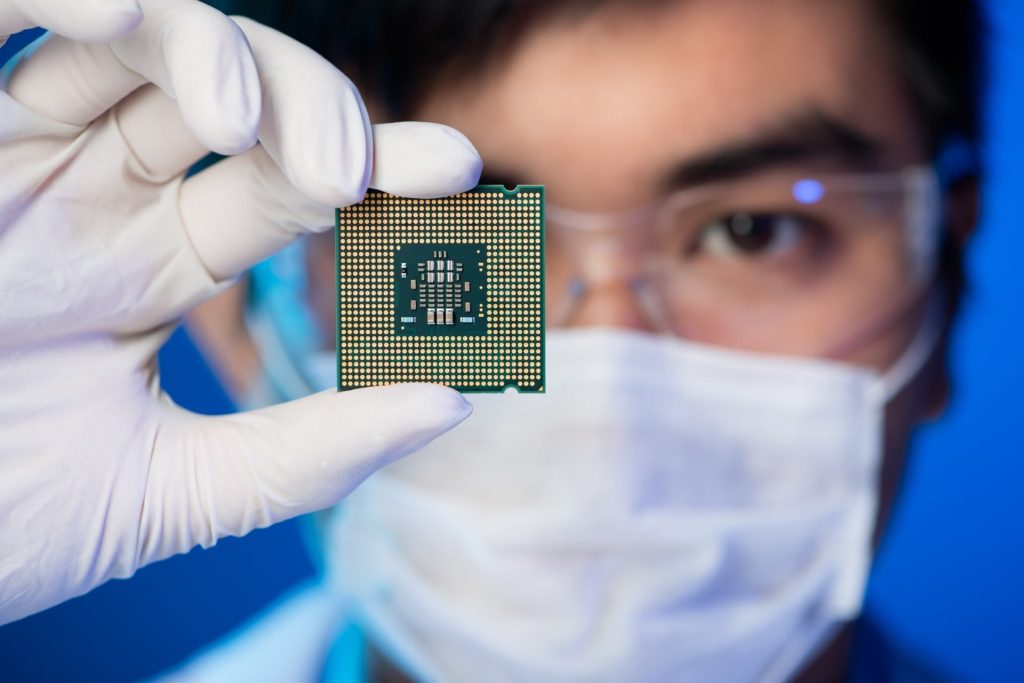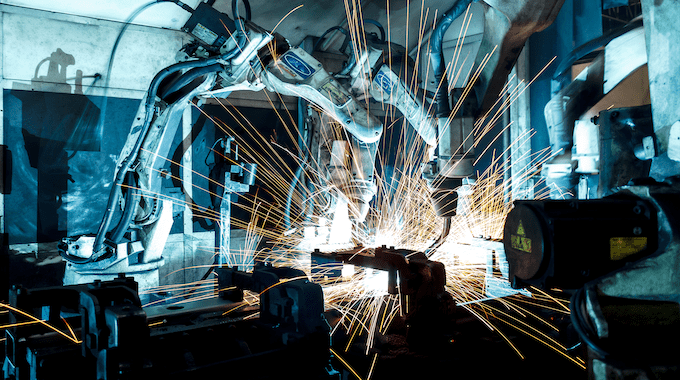- Solutions
ENTERPRISE SOLUTIONS
Infuse new product development with real-time intelligenceEnable the continuous optimization of direct materials sourcingOptimize quote responses to increase margins.DIGITAL CUSTOMER ENGAGEMENT
Drive your procurement strategy with predictive commodity forecasts.Gain visibility into design and sourcing activity on a global scale.Reach a worldwide network of electronics industry professionals.SOLUTIONS FOR
Smarter decisions start with a better BOMRethink your approach to strategic sourcingExecute powerful strategies faster than ever - Industries

Compare your last six months of component costs to market and contracted pricing.

- Platform
- Why Supplyframe
- Resources
As the automotive industry continues to push forward into the future, the demand for semiconductors is increasing exponentially. Research suggests that the semiconductor market is expected to reach 48.78 billion USD in market value by 2022. What could possibly be driving this kind of growth?
Growing trends surrounding safety, electrification, and autonomous capabilities are all fueling this demand for semiconductors. Join us as we dive into the types of components and technology in auto manufacturing that require semiconductors to function properly.
Semiconductors Used in Automobiles
For the longest time, the PC market has been the dominating force for semiconductor demand. As this demand has declined over the years, the general market for semiconductors is the best it has ever been. Automobiles have been steady including more and more components that require these materials.
Just about anything in your car that has roots in electronics, which require semiconductors in its manufacturing. Consider some of these features we all have in our modern vehicles:
- Bluetooth connectivity
- Touch controls
- Backup cameras
- Crash avoidance systems
- Tire pressure alerts
As technology finds its way into cars of the present and future, demand for components with semiconductors will continue to rise.
3 Automotive Trends That Will Fuel Demand For Semiconductors

The automotive industry has seen plenty of new technology integrated into mass production in recent years. Matrix LED lights, LiDAR sensors, 3D mapping applications, EV batteries, and augmented reality solutions are just a few examples.
Consequently, all of these things need semiconductors to function properly. Here are three major trends that automakers should monitor, as they will continue to fuel this growth long into the future.
The Rise of Autonomous Vehicles
We have certainly seen the growth of advanced features like auto-braking and adaptive cruise control introduced by OEMs in recent years. However, the true driverless future is still coming. Major companies like Intel and NVIDIA are already investing heavily in semiconductors for the self-driving market.
Their stock dipped when it was announced that Tesla Inc., a big player in the autonomous vehicle market, decided to invest in Intel’s chipsets. This in turn decreased their dependence on NVIDIA solutions. In response to this, NVIDIA announced their first semiconductor designed specifically for driverless vehicles.
Entitled NVIDIA DRIVE, this is an AI platform that allows automakers to accelerate their focus on autonomous vehicles. It does this by providing deep learning, sensor fusion, and surround vision to properly track and interpret a vehicle’s surroundings.
It’s truly fascinating, but it also points to the beginnings of a war between NVIDIA and Intel. Both companies were previously known for their contributions to the PC market. With these tech giants investing in self-driving vehicle semiconductors, this is one trend that will most certainly cause waves throughout the industry in the near future.
Enhanced Connectivity
It started with built-in GPS and hands-free mobile options, but cars are quickly becoming more connected than anyone could have imagined. New technology allows enhanced safety features, such as the ability for the vehicle to contact emergency services in the event of a crash.
Vehicle-to-vehicle and vehicle-to-infrastructure are both expected to increase and support 5G networks by 2020. We are already seeing features that allow drivers to turn on the lights in their home and adjust the temperature before they arrive, for example.
Our first trend will also influence this demand for connectivity. Self-driving cars are expected to have some sort of vehicle-to-vehicle infrastructure when they begin to hit the road in mass numbers. If cars can communicate with one another, it could prevent crashes or potential accidents.
Basic options would include a dedicated short-range radio to share data like location, speed, and braking to other vehicles within a specific radius. The United States Department of Transportation is already considering a bill that would require this kind of connectivity.
Continued Vehicle Electrification
Hybrid vehicles and electric cars are gaining traction. The high cost of batteries and limited charging capabilities are the main obstacles manufacturers must overcome. Fortunately, these won’t stay obstacles for long.
As customers turn away from gas-powered vehicles and embrace electronic solutions, semiconductors will play a crucial role in the future. While lithium-ion batteries have long been the standard for electronics, new data is pointing towards the introduction of solid-state cells. These could solve some of the problems with battery life in the next five years.
Layoffs and Shortages Strike as The Automotive Industry Evolves
While it’s more than clear where the automobile industry is heading, this kind of evolution is not without obstacles. Between the smartphone and IoT industries, semiconductors have already been in tight supply throughout the years.
Vehicles with minimal electronics and combustion engines have become highly advanced and connected devices all their own. In fact, a modern electric vehicle contains up to 22,000 multi-layer ceramic capacitors, whereas combustion vehicles only required a few thousand capacitors at the most.
The sudden spike in demand, combined with political turmoil and ongoing shortages, has extended lead times. Amid these shortages, companies like General Motors are also taking major steps to restructure and redirect their focus towards the future.
In a shocking announcement, the automotive manufacturer revealed that they would be cutting up to 14,000 workers from their staff, along with five potential plants. The goal is to refocus the company on autonomous and electric vehicles.
They are not the first to do this either. Ford has also expressed interest in restructuring and laying off white-collar workers. Toyota Motor Corp has also expressed interest in cutting costs. GM’s CEO, Mary T. Barra, wishes to make this changes ahead of the curve, while the company economy are in good standing.
Barra also acknowledged the rapidly changing industry and pointed towards electric propulsion, autonomous vehicles, and ride-sharing as factors. Many of the jobs being cut are indeed ones working with combustion vehicles.
Despite this, GM is still hiring for roles that involve software and electric or autonomous systems. Job cuts are never a good thing, but major changes in an industry such at this one are not without their consequences.
Monitoring Trends and Potential Disruptions
These trends are all poised to cause massive changes to the automobile industry in the next decade. As technology fuels new automotive innovations, the need for automotive semiconductors will continue to rise.
Supplyframe’s solutions for automotive suppliers and manufacturers are designed to provide deep insight into risk, opportunities for innovation, and broad visibility into market dynamics. Learn more today!



